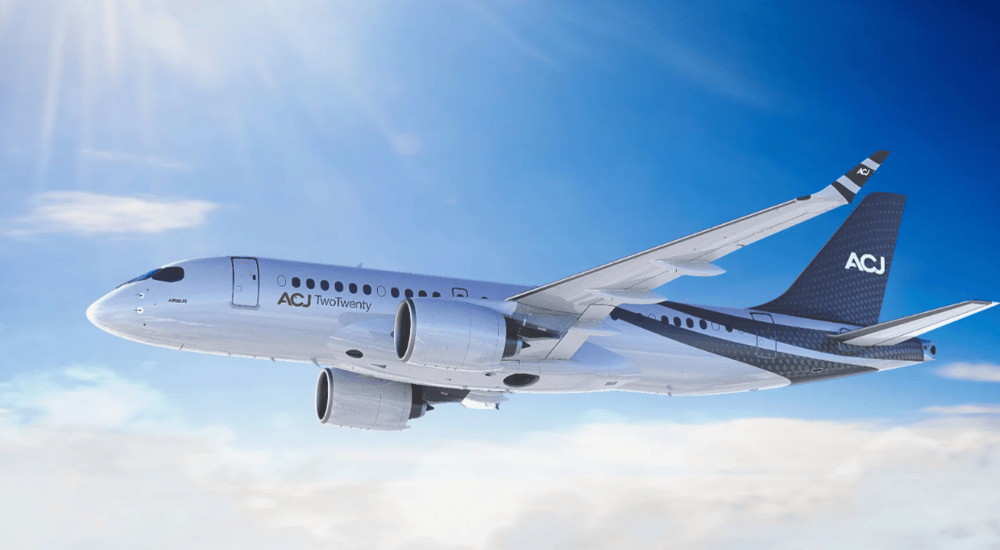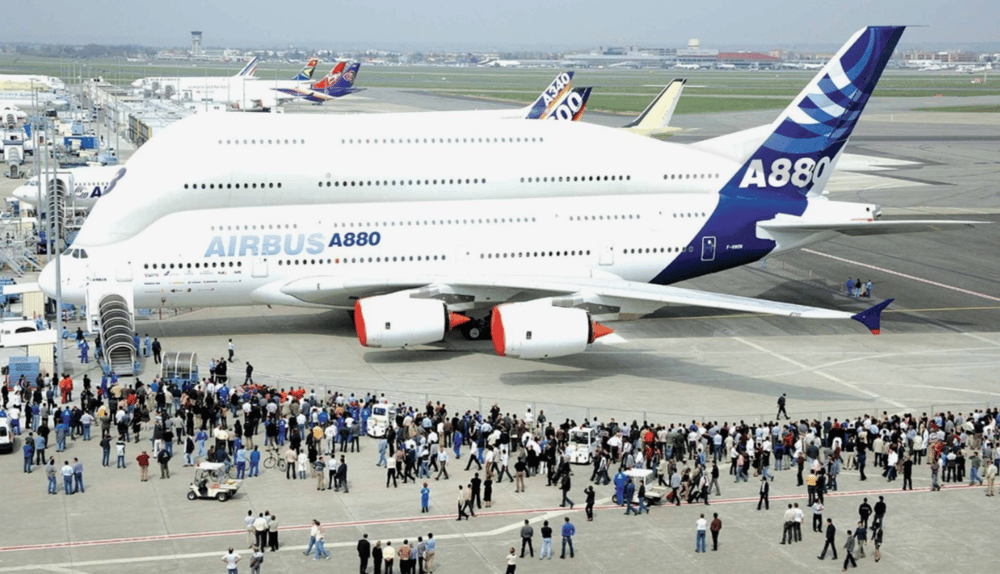Airbus Raises 20-Year Aircraft Demand Forecast Despite Trade Tensions
Airbus SE $AIR.PA has revised its long-term forecast for commercial aircraft demand, projecting robust growth for the air transport industry over the next two decades. On Thursday, the European aerospace manufacturer announced that it expects 43,420 new jet deliveries between 2025 and 2044, a 2% increase from its previous annual forecast. This upward revision, unveiled to investors and suppliers, reflects enduring optimism in passenger traffic growth and fleet modernization, despite persistent trade and geopolitical uncertainties.
The forecast reaffirms Airbus’s belief in the structural strength of global aviation demand, even as the sector contends with supply chain bottlenecks, rising protectionism, and the need for sustainable aviation solutions.
Long-Term Growth Drivers for Airbus and Global Aviation
The updated forecast reinforces Airbus’s strategic positioning as a dominant player alongside Boeing $BA in the commercial aircraft sector. The projected 43,420 jet deliveries include both replacements for aging aircraft and additions to support anticipated increases in global passenger volumes, particularly in Asia-Pacific, the Middle East, and emerging markets.
Airbus attributes the upward revision to structural demand tailwinds such as:
Rapid urbanization and middle-class expansion, particularly in developing economies
Continued liberalization of air transport agreements
The replacement cycle of older, less fuel-efficient aircraft
Airlines’ push for fleet modernization and carbon reduction initiatives
Despite headwinds from protectionist trade policies and regulatory frictions, Airbus emphasized that air traffic growth remains resilient, with global Revenue Passenger Kilometers (RPK) expected to grow at approximately 3.6% CAGR through 2044.

Airbus 2025–2044 Market Forecast
Total commercial aircraft deliveries: 43,420 units
Forecast growth from 2023 outlook: +2%
Time frame: 2025–2044
Airbus competitors: Boeing
Key growth regions: Asia-Pacific, India, Middle East
Main demand drivers: Fleet renewal, emerging market growth, RPK expansion
Airbus stock: AIR.PA (Euronext Paris)
Market Response and Strategic Implications for the Aerospace Sector
The announcement drew attention from analysts and industry stakeholders, many of whom view the forecast as a stabilizing signal for an aerospace supply chain still recovering from pandemic-era disruptions. Aircraft component suppliers, leasing firms, and airlines are recalibrating procurement strategies in response to Airbus’s updated figures.
Investors welcomed the upward revision, as it underscores Airbus’s confidence in secular demand trends and the relative health of the commercial aviation cycle. At the same time, comparisons with Boeing’s yet-to-be-updated market outlook will shape market expectations for duopoly dynamics in the 2030s and 2040s.
Supply chain concerns remain central. Aircraft manufacturing remains sensitive to disruptions in materials sourcing, engine production, and labor constraints. Analysts note that sustained demand growth will require investments in industrial ramp-up capabilities across Airbus’s global manufacturing network.

Key Takeaways from the Forecast and Market Reaction
Positive Long-Term Outlook: Airbus projects strong demand despite geopolitical and trade-related risks.
Dominant Market Position: Airbus reaffirms its position alongside Boeing as the industry's twin pillar.
Supply Chain Pressure: Forecast implies continued demand for parts, engines, and manufacturing scalability.
Investor Sentiment: Upward revisions support Airbus’s valuation and reassure market participants.
Environmental Considerations: Fleet modernization tied to sustainability goals boosts next-gen aircraft orders.
Airbus Outlook Reinforces Structural Growth in Global Aviation
Airbus’s revised 20-year forecast serves as a bullish signal for long-term aviation market fundamentals. By projecting over 43,000 jet deliveries through 2044, the planemaker is affirming not just its own ambitions but also the sector’s underlying resilience amid political uncertainty, environmental regulation, and technological transition.
This strategic outlook will influence stakeholders across the aerospace value chain, from parts suppliers and leasing companies to fuel providers and airport operators. In a sector deeply impacted by exogenous shocks in recent years, Airbus’s confidence in aviation’s future trajectory will be watched closely — especially in comparison with forthcoming projections from Boeing and emerging aerospace players.















Comments
This transaction could reshape competitive dynamics in the automation industry across global markets
This development underscores how forward-thinking capital deployment is transforming the tech investment landscape